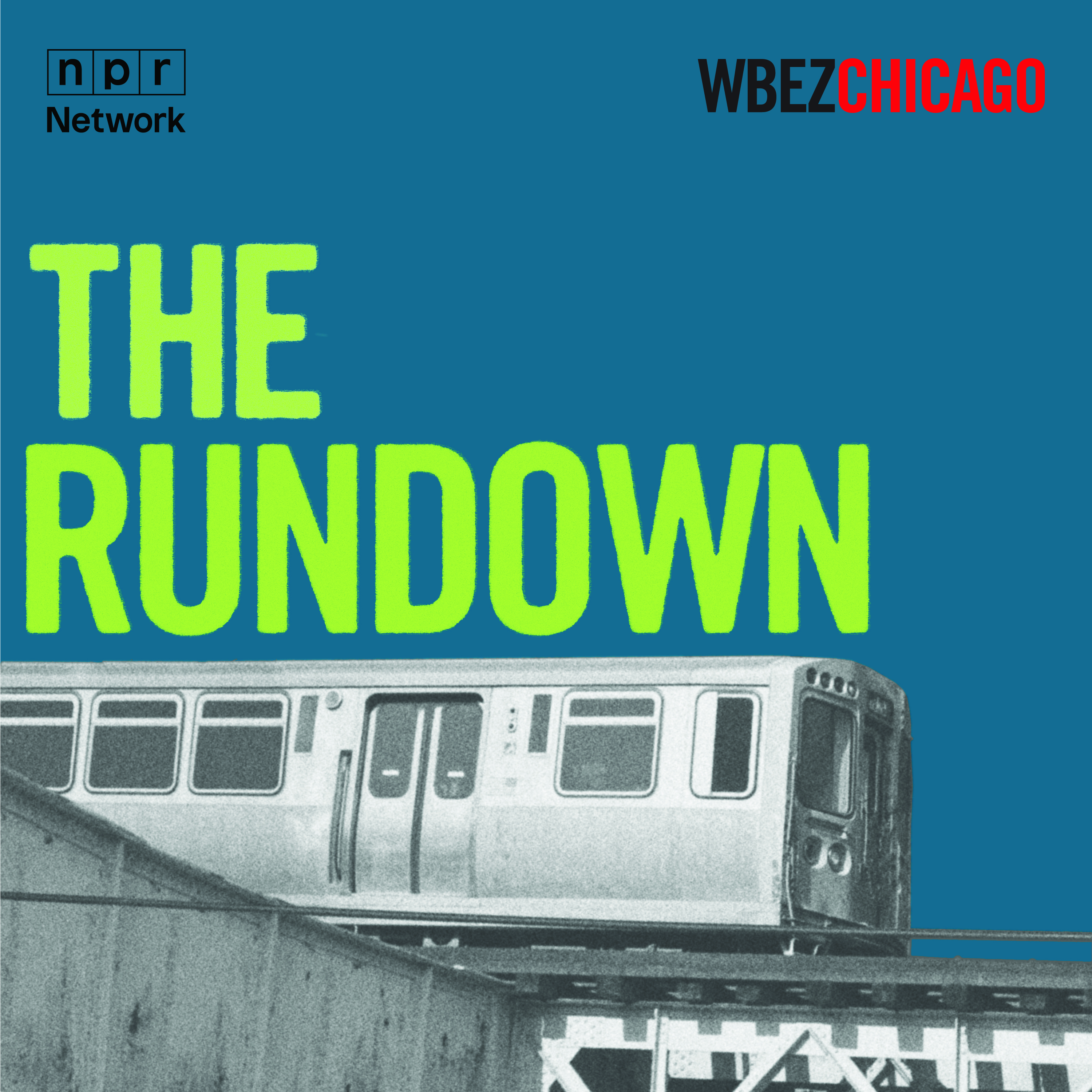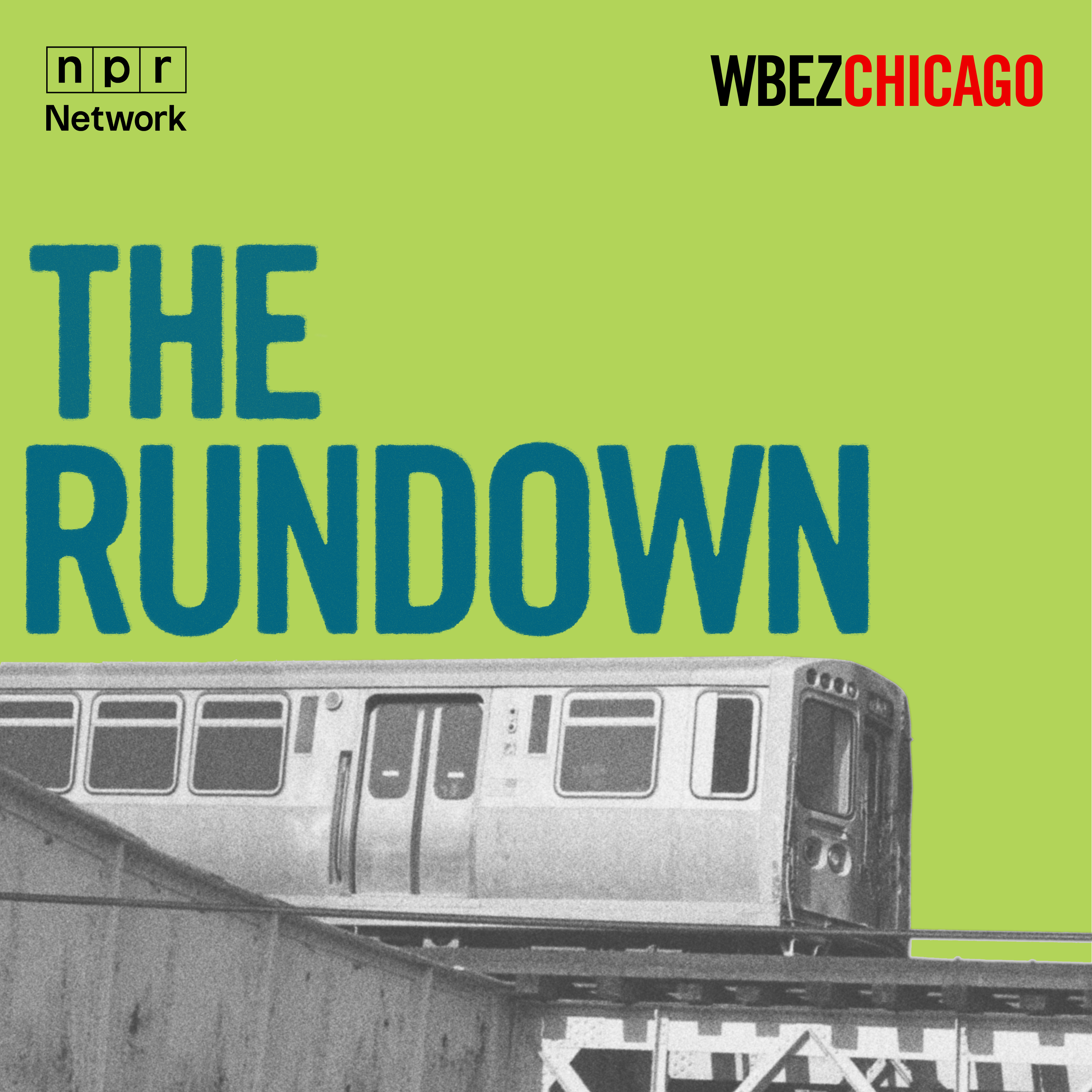
You can learn how to vogue in Chicago — if you’re ready to ‘do the homework’

The Rundown | Chicago News
Shownotes Transcript
<p>Voguing <a href="https://nmaahc.si.edu/explore/stories/brief-history-voguing" target="_blank">originated</a> in New York City’s Black and Latino LGBTQ+ communities of the 1960s, ‘70s and ‘80s. Then, Madonna’s song “Vogue” brought the dance form into the mainstream. But it’s much more than a series of poses and a sick beat.</p><p>“If you’re not feeling it, loving it, and appreciating yourself, you’re not voguing,” says Damon Green, the founder and owner of TEXTUREDance Studio.</p><p>At studios like TEXTURED, anyone can learn to vogue — but that doesn’t mean automatic entry to the vibrant voguing community. Green asserts voguing is by and for Black and Brown queer people, so anyone who doesn’t share those identities should be ready to “do the homework” if they want to be invited in.</p><p>“We do get to gatekeep this form, and we get to allow people into it,” Green says. “You want to maintain every aspect of its nature, its heritage, its culture.”</p><p>In this episode, we follow host Erin Allen on her voguing journey. You can hear more about her experience on <a href="https://www.wbez.org/stories/voguing-classes-in-chicago/e35ec4b6-aa19-4eb4-b7b6-7fb34820dfc2" target="_blank">Reset</a> .</p>